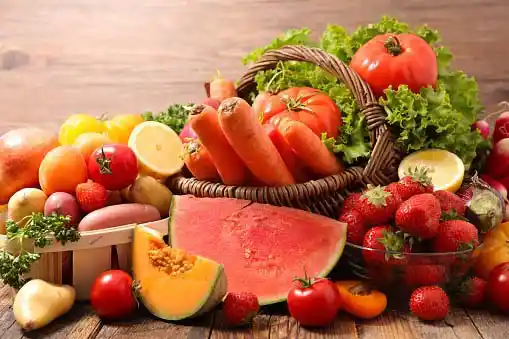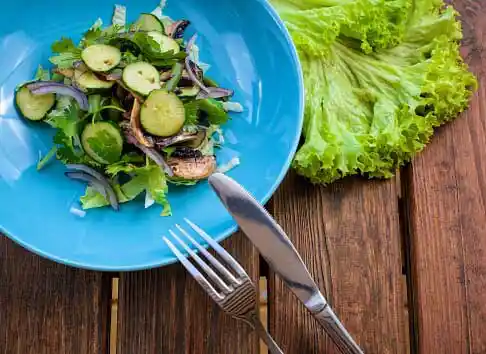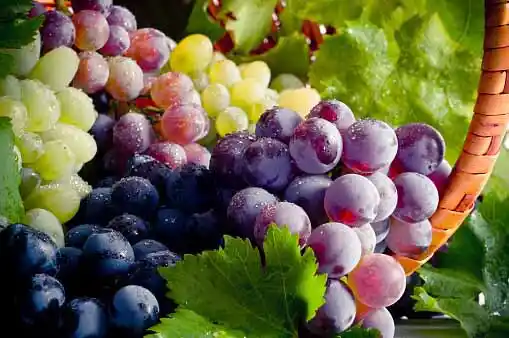Brighten Your Health With Bright - Colored Produce
It’s always refreshing to have a bowl full of bright colored fruits and vegetables. They are whole foods created by nature and are rich in nutrients. According to the National Institute of Nutrition, the recommended daily intake of fruits and vegetables is 4 servings (400g) per day. Research has proven that there are many health benefits associated with them.
Let’s load our platter with a variety of colorful fruits and vegetables:

Red color symbolizes strength, health, and passion, and so does the red-colored produce. The commonly available red color fruits and vegetables are watermelons, tomatoes, carrots, and red cabbage. These fruits are rich in iron and potassium, thus they help in strengthening the immune system. The red color of these fruits is due to the lycopene content in them. They have unique antioxidants and cancer-protecting functions.

Orange and Yellow: Lemon, mangoes, pineapple, papaya, oranges, pumpkin, and corn are the widely used yellow and orange colored fruits and vegetables. These bright colored foods can lower your blood pressure, boost the immune system, and fight harmful free radicals in the body. So try to include more of these foods into your daily diet in the form of salads or fruits, as such.

Green leafy vegetables are the nutritional powerhouses of vitamins and minerals. Leafy green vegetables have more nutrition per calorie than any other food. Greens make up a significant source of vitamins A, C, E, and K as well as several B vitamins. They are rich sources of minerals such as calcium, magnesium, iron, and potassium. They are rich in fiber and extremely low in fat and carbohydrates. So people who are on weight loss or weight maintenance diet can fill their platter with greens.

Purple fruits comprise grapes, plums, figs, prunes, and blackberries. Purple foods are colored so due to the pigment called anthocyanin, a strong and protective antioxidant. Anthocyanin can lower the risk of heart disease and some types of cancer.

White: Few commonly used white-colored vegetables and fruits are onions, potatoes, cauliflower, garlic, mushrooms, bananas, and pears. In general, these are rich in fiber, potassium, and magnesium. Mushrooms are included in the weight-loss diet plan since these are low in calorie and rich in Vitamin D and B vitamins. Pears are an excellent source of vitamin C and the fiber content in pear makes this fruit a good laxative. They are mildly anti-inflammatory, and may also help to lower blood pressure.
There is little surprise in the fact that no food is complete on its own. Therefore, make your plate colorful and relish a variety of fresh fruits and vegetables to benefit from them all. Eat healthy, stay healthy.
For any query related to diet plans and healthy eating tips, consult an Internal Medicine Specialist at www.healthcaremagic.com
Ask a Specialist
Recent Questions


